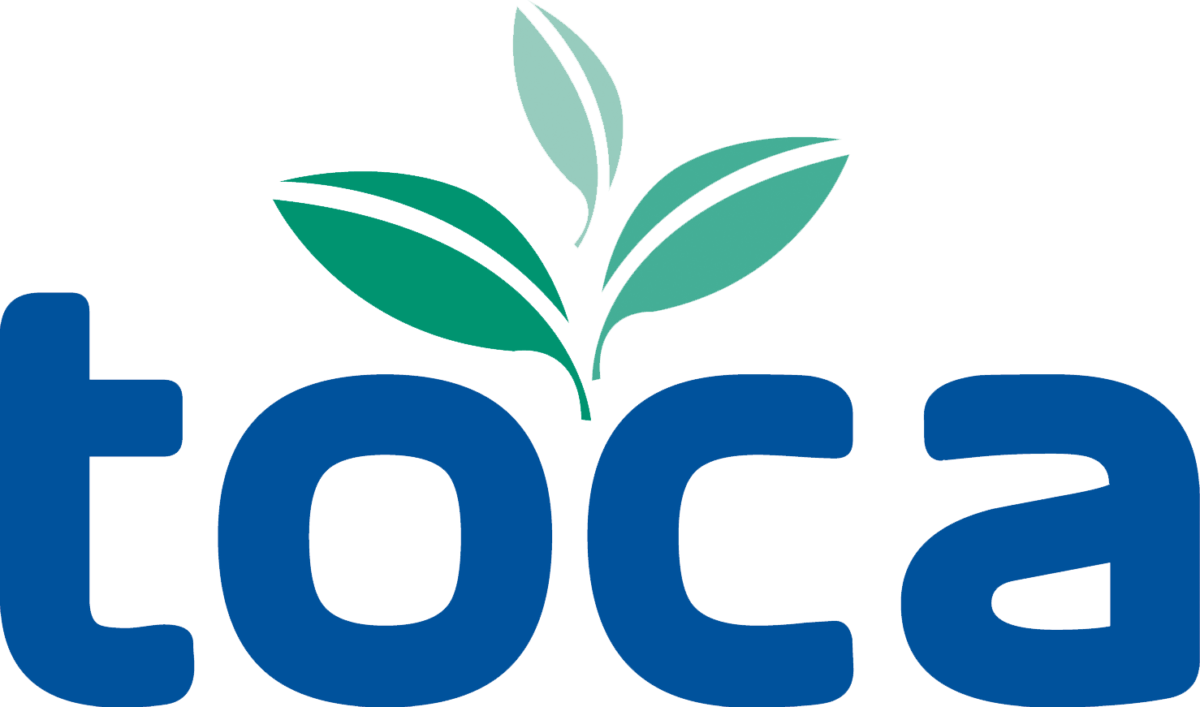Panel Discussion: Communicating in a highly regulated industry
By Britney Riggs
The legalization of cannabis for medical and recreational use in Colorado sparked a booming industry. The industry, however, has been suffering from communication issues from the start. Cannabis industry experts discussed the history of communication and regulation for the industry, and offered communication advice during the “Communicating in a Highly Regulated Industry” panel discussion at the TOCA Annual Meeting in Denver
Bradley Roddy, director of operations at the leading Colorado cannabis company, Medicine Man, Ricardo Baca, founder of the Grasslands Agency and former cannabis editor for the Denver Post, and Kristin Nichols, editor for Hemp Industry Daily, served as panelists.
Baca said in 2012, Coloradans voted for Amendment 64, which legalized cannabis in the state. The state government was not prepared for implementation due to the measure being voted in by the people. Federal agencies like the U.S. Food and Drug Administration and U.S. Department of Agriculture remained tight lipped about regulation after the measure passed because, federally, cannabis was still illegal.
The lack of preparation and communication from both the state and federal governments created public health issues, one of which led to the most significant cannabis recall in Colorado. According to Baca, a fire department official, who had a background in chemicals, happened to see Eagle 20 in a pesticide cabinet, which triggered the recall.
Roddy later stated that the active ingredient in Eagle 20 was not safe (when heated, it changes and is dangerous to people), but growers were under the impression that it was safe. Baca said the Environmental Protection Agency (EPA) controls all pesticides and pesticide use, but because cannabis was federally illegal, EPA provided the cannabis industry with zero guidance for pesticide use.
Baca said this led journalists to hold the government regulators accountable. Reporting led to multiple executive orders from the governor. The regulators finally started regulating by communicating out guidance on what cannabis growers should use on their plants.
Communication has become somewhat better with the entry of a few mainstream companies, according to Bacca. These companies can invest large amounts of money in research and development. Nichols related that companies are doing this without disgruntling their other clients by creating spinoff businesses with different names.
Today, many companies are still afraid to dive into the cannabis industry. The government also remains only helpful at times, which led the panel’s audience to ask where growers get their information.
Roddy stated that growers get a lot of their information from other growers and budtenders. He said many growers grew plants in their basement for years and were using nutrients marketed toward tomatoes. These growers have taken their information with them as they come up in companies.
Budtenders, Roddy said, are pretty influential to growers. He said they are so influential that wholesalers and manufacturers of products will lavish them with swag.
Baca said growers also get information from trade shows, lifestyle publications and retail shops, especially hydroponics shops. The retail shops, Baca said, are like community centers to growers. In addition, he stated that Nichols’ company has the largest trade show globally regarding this space: MJbizcon.
Nichols contributed to the discussion by sharing that Pinterest and Clubhouse are significant for growers right now.
Regarding social media, Roddy communicated that Instagram could be an excellent platform for the industry, but periodic crackdowns, which take down accounts, make it problematic.
To attract growers with the channels above, Nichols said to speak to growers like any other professional. When it comes to business to business, Nichols explained that “science wins.” Write as if you were writing for the American Medical Association.
